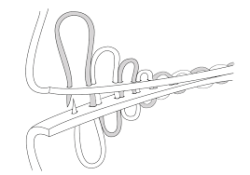Hi all
Any one have any tips on redoing box stitching on old camera cases?
I have a few that need redoing.
Whats a suitable needle and thread and what type of stitching.
I assume you remove the old thread and reuse the existing holes.
Dont need perfection, just to make the case functional again.

Any one have any tips on redoing box stitching on old camera cases?
I have a few that need redoing.
Whats a suitable needle and thread and what type of stitching.
I assume you remove the old thread and reuse the existing holes.
Dont need perfection, just to make the case functional again.






